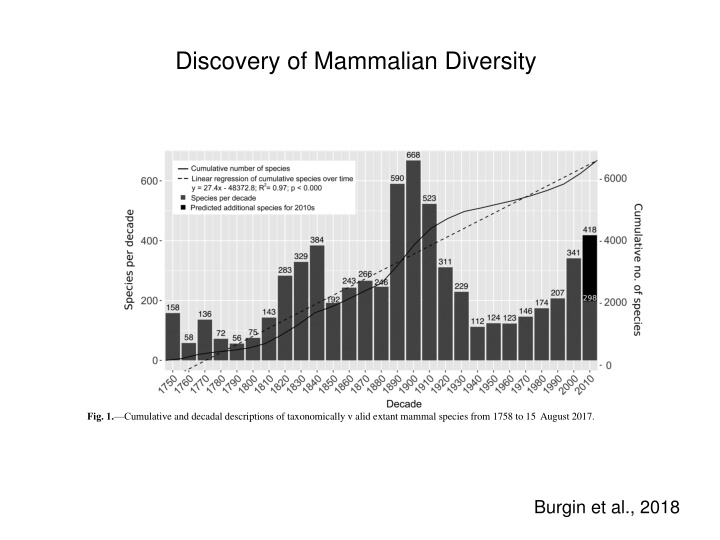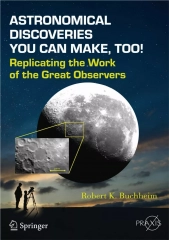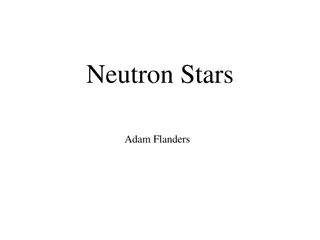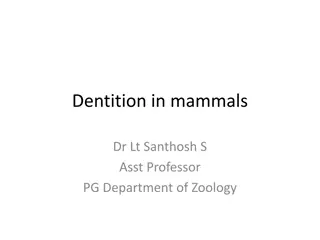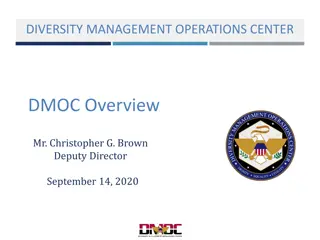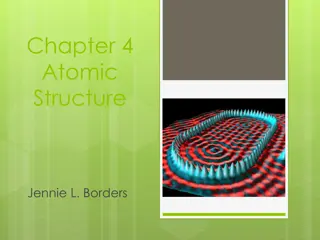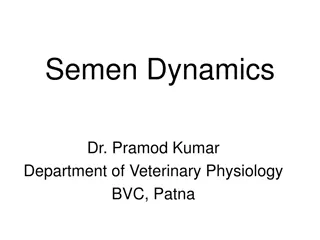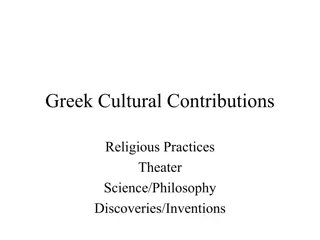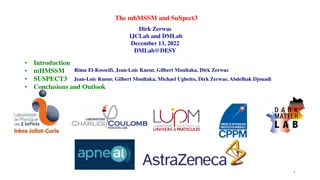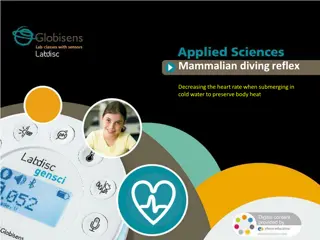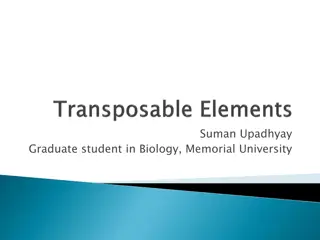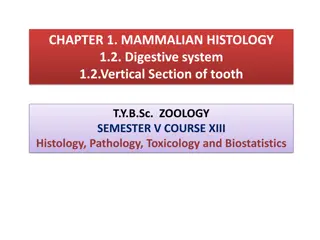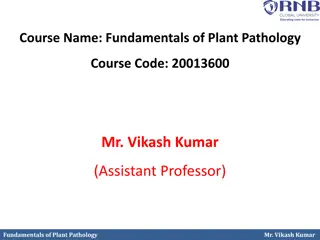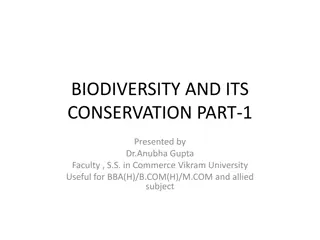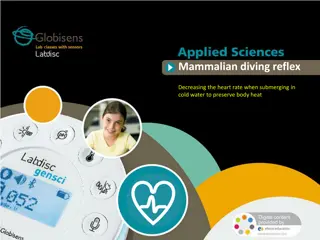Fascinating Discoveries in Mammalian Diversity
Recent scientific findings have unveiled new species of mammals like the gymure Podogymnura intermedia in the Philippines and chipmunks Tamias cratericus and T. grisescens. Notably, the discovery of Rice's whale highlights the critical condition of this species. The evolution and varied characteristics of different mammalian species, from bumble-bee bats to blue whales, showcase the vast diversity within this animal group. Exploring the unique soft anatomy traits of mammals, such as lactation, endothermy, and facial muscles, further enhances our understanding of these fascinating creatures.
Download Presentation

Please find below an Image/Link to download the presentation.
The content on the website is provided AS IS for your information and personal use only. It may not be sold, licensed, or shared on other websites without obtaining consent from the author.If you encounter any issues during the download, it is possible that the publisher has removed the file from their server.
You are allowed to download the files provided on this website for personal or commercial use, subject to the condition that they are used lawfully. All files are the property of their respective owners.
The content on the website is provided AS IS for your information and personal use only. It may not be sold, licensed, or shared on other websites without obtaining consent from the author.
E N D
Presentation Transcript
Discovery of Mammalian Diversity Fig. 1. Cumulative and decadal descriptions of taxonomically v alid extant mammal species from 1758 to 15 August 2017. Burgin et al., 2018
Recent new discoveries. Balete et al. (2023) described a new species of gymnure (Podogymnura intermedia) found in the Philippines. Recently, Herrera et al. (2022) described two new species of chipmunks: Tamias cratericus (in central Idaho) and T. grisescens (in central Washington).
New discoveries within the the past few years. Infographic shows illustration of a Rice's whale and indicates its three prominent ridges, 40-foot-long body, and curved dorsal fin. States that there are fewer than 100 individual Rice's whale remaining and says key threats are vessel strikes, ocean noise, oil spills, marine debris, climate change, and fishing entanglements. Lists ways you can help and that Rice's whales (slowing down to 10 knots or less, keeping your distance, and reporting whale sightings). A new species of baleen whale (Balaenoptera ricei) was described in 2019 from the Gulf of Mexico (Rosel et al. 2021).
Onychonycteris Craseonycteris thonglongyai bumble-bee bat < 2 grams Simmons et al. 2008. Nature, 451:818. Balaenoptera musculus blue whale 200 Million grams Thewissen et al.1994. Science, 263:210.
Gliding species (e.g., Petaurus breviceps) Saltatorial species (e.g., Dipodomys ordi)
Fossorial forms (e.g., Thomomys bottae) Arboreal forms (e.g., Bradypus tridactylus) Myrmecophagous forms (e.g., Orycteropus afer)
What is a Mammal? Short Definition: A hairy, milk-producing, endotherm, that (usually) gives birth to live young. As is often the case in biology, a short definition is inadequate, especially for extinct taxa like Morganucodon.
Eleven Soft Anatomy Characters 1) *Lactation 2) Vivipary 3) *Hair 4) *Sweat/*Sebaceous Glands 5) Endothermy 6) 4-Chambered heart 7) *Annucleate RBCs 8) *Renal Artery 9) *Muscular Diaphragm 10) *Facial muscles 11) *Dorsal Pallium expands cerebrum
Eleven Soft Anatomy Characters 1) *Lactation 2) Vivipary 3) *Hair 4) *Sweat/*Sebaceous Glands 5) Endothermy 6) 4-Chambered heart 7) *Annucleate RBCs 8) *Renal Artery 9) *Muscular Diaphragm 10) *Facial muscles 11) *Dorsal Pallium expands cerebrum
6. Four-chambered Heart 7. *Annucleate erythrocytes Nucleated erythrocytes Related image
8. *Renal Artery and Vein Many other vertebrates have a renal portal system.
8 Cranial Characters 1) 2) 3) 4) 5) 6) 7) 8) Double occipital condyle *Atlas/Axis complex *Tympanic bone *Three ear ossicles *Dentary is only bone in mandible Single external naris Secondary palate Respiratory turbinates
8 Cranial Characters 1) 2) 3) 4) 5) 6) 7) 8) Double occipital condyle *Atlas/Axis complex *Tympanic bone *Three ear ossicles *Dentary is only bone in mandible Single external naris Secondary palate Respiratory turbinates
4. *3 Ear Ossicles Mammalian Ancestral
8 Cranial Characters 1) 2) 3) 4) 5) 6) 7) 8) Double occipital condyle *Atlas/Axis complex *Tympanic bone *Three ear ossicles *Dentary is only bone in mandible Single external naris Secondary palate Respiratory turbinates
5 Dental Characters 1) 2) 3) 4) 5) Lack palatal teeth *Diphyodont Thecodont Heterodont Multicuspate
2 Axial Skeleton Characters 1. *Extreme regionalization 7 (9) 12 or 13 2. *Ribs only on thoracic vertebrae Variable
4 Appendicular Skeleton Characters 1) *Limb bones have epiphyses. 2) *Calcaneum. 3) *Reduction of elements in limb girdles. 4) Parasagittal limb posture.
2. *Calcaneum (Heel bone) Calcaneum
3a. *Pectoral Girdle No anterior/posterior coracoids, No interclavicle Ancestrally, there was an interclavicle, and both anterior and posterior coracoids.
3b. Pelvic Girdle Ilium, Ischium and Pubis fused to form the Innominate bone.
4. Limbs Rotate under Body (Parasagittal posture)
